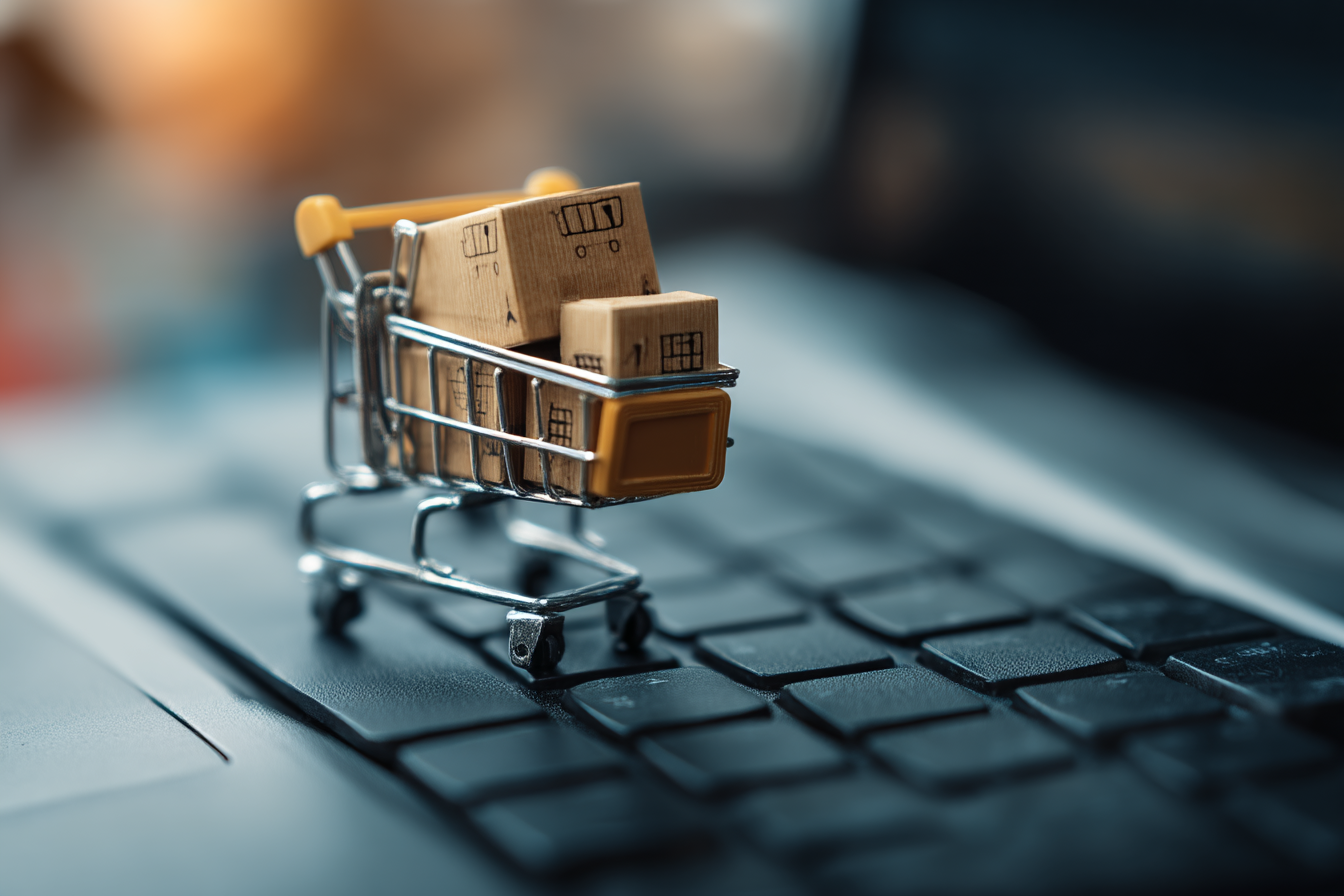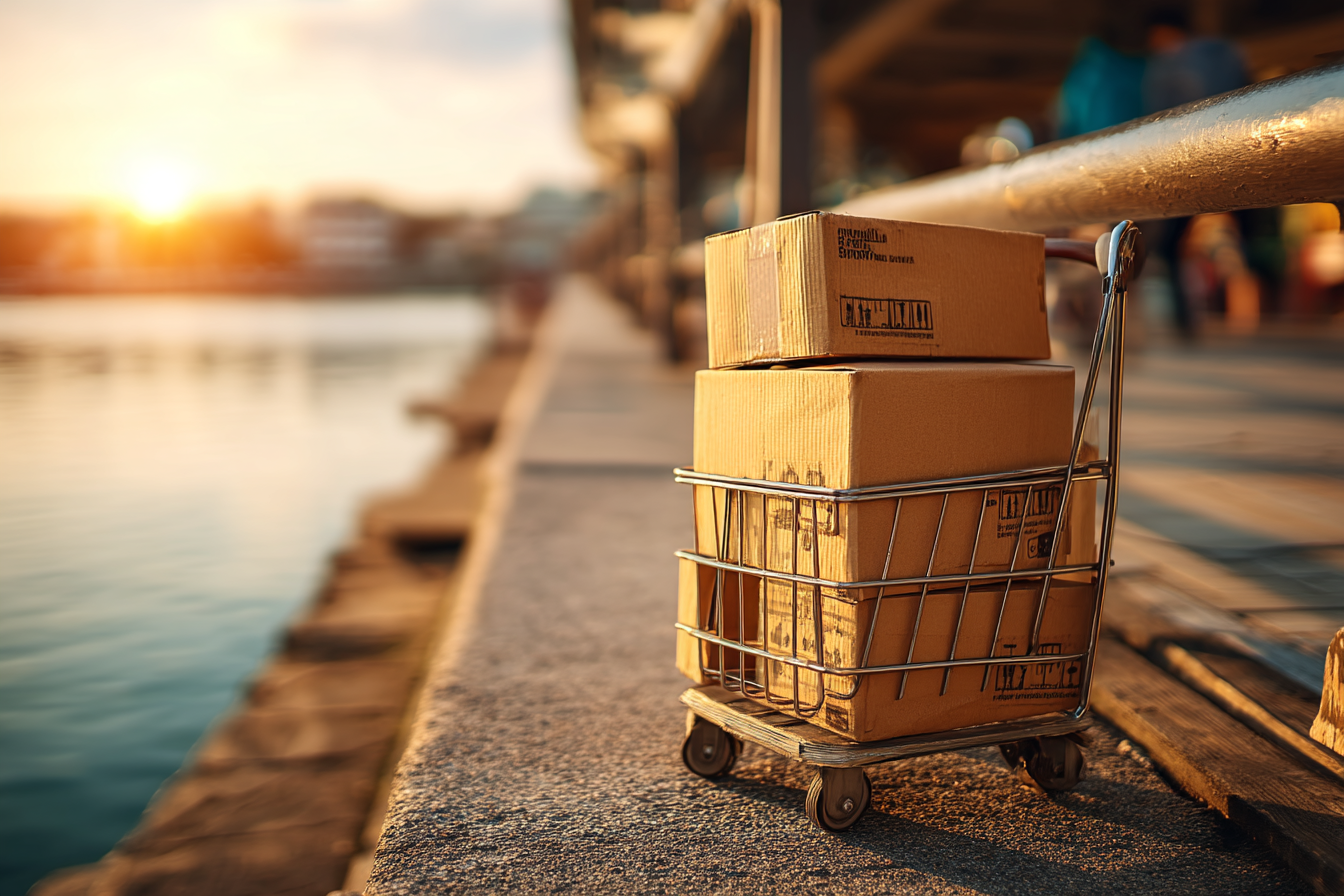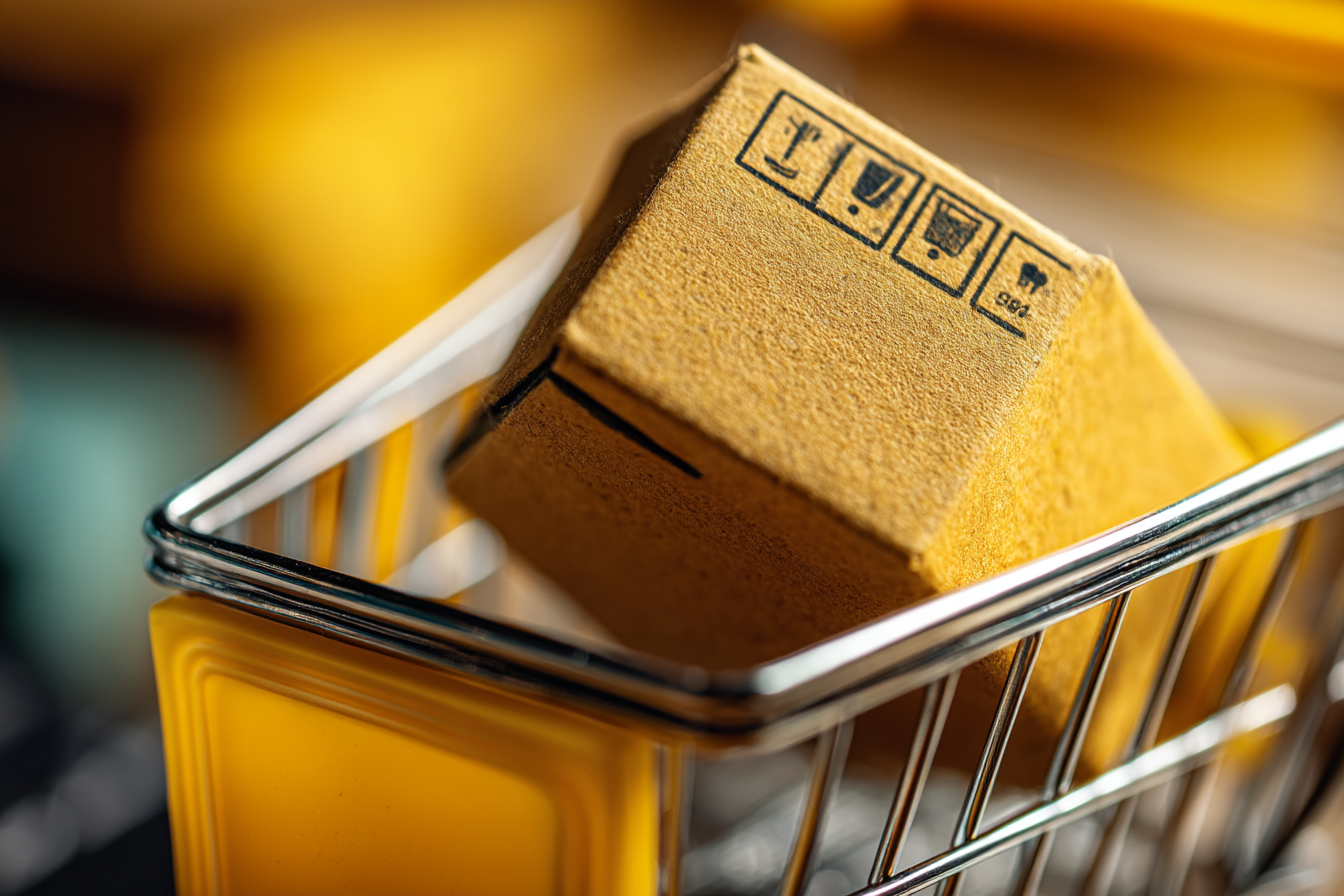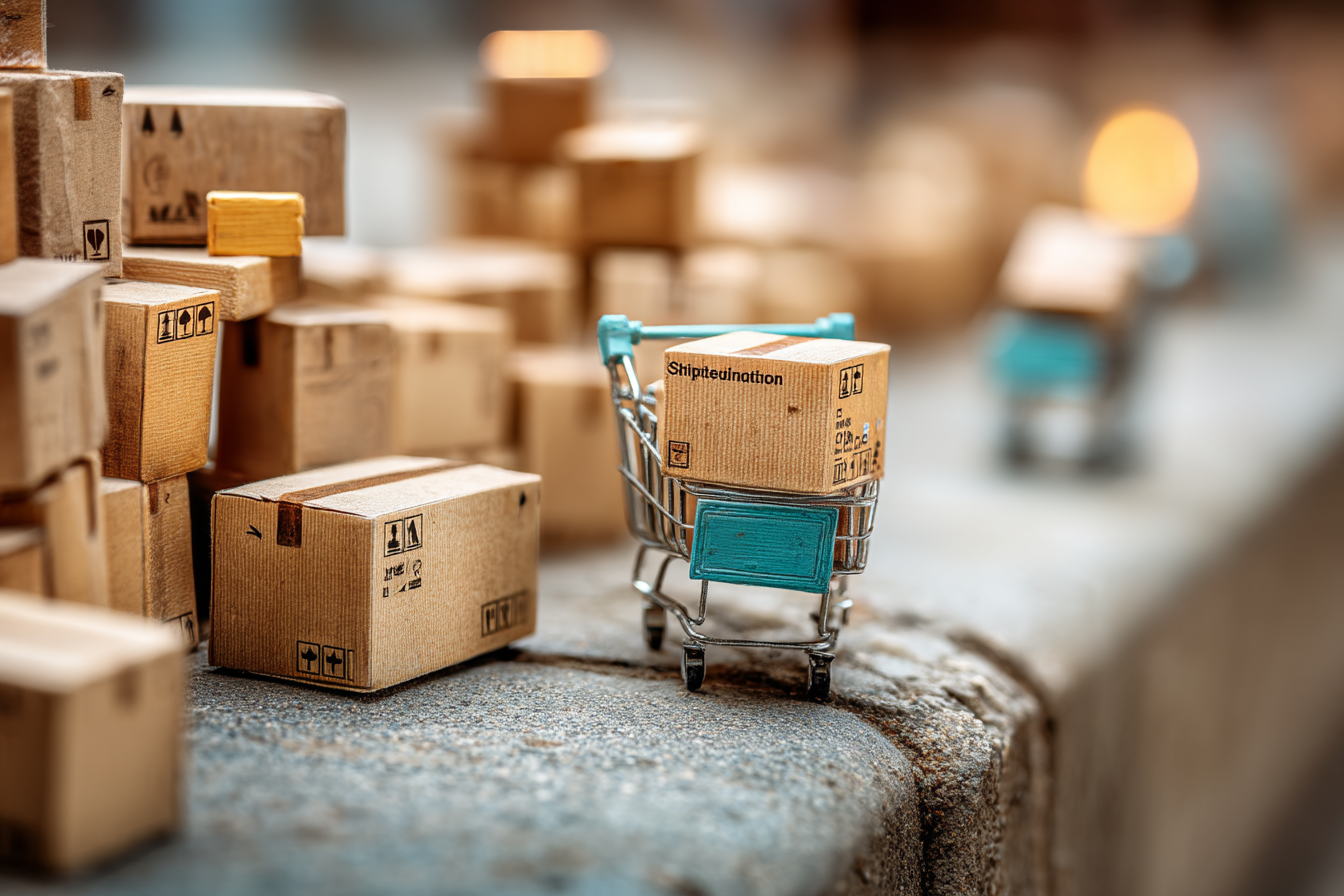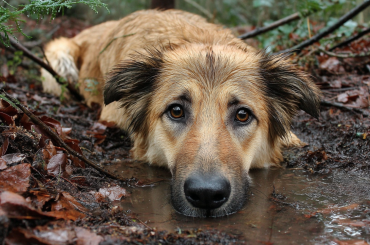I have a confession to make, and it’s a bit embarrassing for someone who writes about sustainability for a living: my hallway currently contains a small fortress of cardboard boxes. I’ve been meaning to break them down for recycling for… well, let’s just say long enough that my flatmate Jen has started naming them. The tall one is “Bernard,” apparently. The flat one that arrived yesterday is “Pancake.” This is what happens when you live alone for two weeks while on deadline – the boxes multiply like rabbits, and suddenly you’re navigating an obstacle course just to get to the front door.
The irony isn’t lost on me. Just last month I gave a talk at Bristol’s Climate Action Week about reducing consumption, and here I am, drowning in the physical evidence of my online shopping habit. In my defense, three of those boxes contain research materials for my next series on plastic alternatives, one is a replacement part for my ancient laptop that I’m desperately trying to keep out of landfill, and only one is an impulse purchase of specialty coffee that I absolutely could have bought locally if I’d planned better. I’m not perfect, okay?
This cardboard wall of shame has had me thinking a lot about the environmental impact of online shopping – something that’s exploded in the past few years to the point where it feels completely normal to order something while brushing your teeth and expect it on your doorstep before you’ve had lunch the next day. The convenience is magical. The environmental consequences? Not so much.
I first started researching e-commerce emissions back in 2019 after my doctor put me on crutches for six weeks following a spectacularly ungraceful fall while attempting to demonstrate composting techniques at a community garden workshop. (Pro tip: giving presentations on slippery surfaces after heavy rain is a terrible idea.) Suddenly, I couldn’t just pop to the shops – everything had to be delivered. The sheer volume of packaging that accumulated during those weeks was staggering, and I started tracking it all in what my friends teasingly called my “guilt journal.”
The numbers were eye-opening. In just six weeks, I’d accumulated 27 cardboard boxes, 19 plastic mailers, enough bubble wrap to mummify a small elephant, and those weird air-filled plastic pillows that my cat Harold became unnervingly obsessed with. Even worse, about a third of what I’d ordered ended up being returned because sizing was wrong or the product wasn’t what I expected. Each of those returns meant another journey, more packaging, more emissions.
When I dug deeper into the research, I discovered that returns alone generate an estimated 5 billion pounds of landfill waste each year globally. And that’s just one small piece of the e-commerce emissions puzzle. There’s also the energy used in massive warehouses, the data centers powering websites, the packaging production, and of course, the actual transportation.
Let’s talk about those last-mile deliveries – the journey from distribution center to your doorstep. It’s actually where some of the most significant emissions in online shopping occur. I interviewed a former delivery driver named Marcus for an article last year who described his typical day: “Three hundred parcels, 180 stops, endless traffic, and managers constantly pushing to go faster.” When you multiply this scenario across cities worldwide, the carbon footprint becomes enormous.
That’s not to say that traditional retail is necessarily better. I spent a week tracking my shopping habits before my injury (back when I could walk without resembling a newborn giraffe), and the numbers were surprising. I was driving to multiple stores, each trip generating emissions, and the products I was buying had still been shipped to those stores in bulk. The research suggests that online shopping can actually have a lower carbon footprint than traditional retail – but only under specific circumstances.
The golden scenario goes something like this: you order multiple items that come in a single, efficiently packed box, delivered along a route that’s optimized for multiple deliveries, and you never return anything. Basically, the exact opposite of how most of us shop online.
My own habits have been a perfect case study in what not to do. There was the time I ordered a plant pot, then realized I needed soil, so I placed a second order the same day – resulting in two separate deliveries to the same address twenty minutes apart. Or the Christmas I panic-ordered presents on December 23rd and paid for premium next-day shipping, guaranteeing that my gifts would travel on half-empty rush delivery vans. Or my personal favorite: ordering three different sizes of the same jumper planning to return two, only to forget the return window and end up with three nearly identical jumpers. (In my defense, they’re all getting worn regularly, just by different friends who now unknowingly match me.)
So what’s a modern consumer with environmental concerns to do? After three years of studying this problem and countless personal experiments, I’ve developed some strategies that have cut my e-commerce emissions dramatically without forcing me to give up online shopping entirely.
First, I’ve become a batching evangelist. The single biggest change you can make is simple: wait until you need several items from the same retailer, then order them together. I keep a running list in my phone of things I need, and I order only once I have enough to justify the delivery. This takes some patience – no more 2 AM impulse purchases of specialized gardening tools that I convince myself are absolutely necessary right that second – but the environmental savings are huge. One delivery with five items uses roughly a third of the packaging and emissions of five separate deliveries.
My friend Ruth teases me about my “shopping restraint calendar” – literally a recurring reminder in my phone that allows me to place orders on specific days only. It sounds ridiculous, but it’s breaking that instant gratification cycle that online retailers have so brilliantly engineered. The dopamine hit from clicking “buy now” is real, friends. Breaking that automatic response takes systems.
Next, I’ve become ruthlessly critical of my return habits. The environmental cost of returns is staggering, with many returned items ending up in landfill rather than back on shelves (a horrifying fact I learned while interviewing a warehouse manager who requested anonymity). Now before ordering anything that might need returning – especially clothes – I measure obsessively, read every review, and sometimes even call the company to get exact specifications. My success rate isn’t perfect, but my returns have dropped by about 70%.
The packaging problem remains enormous, though. I’ve started keeping a “supplier shame list” – retailers who use ridiculously oversized boxes or excessive materials. But I’ve also found a surprising number of companies embracing better practices. My favorite online bookshop now uses paper tape instead of plastic, recyclable padding, and right-sized boxes. They cost slightly more, but I’ve made a conscious choice to support businesses making these efforts.
What’s been most effective, though, is simply breaking the automatic online shopping habit. Before every purchase, I ask: Could I get this locally? Do I need it immediately or can it wait until I’m ordering other things? Is there a more sustainable alternative? These questions have probably reduced my online orders by half.
There was an embarrassing awakening moment last year when I was stress-ordering craft supplies at midnight (don’t ask – lockdown hobbies got weird), and I suddenly realized I’d been so focused on the sustainability of what I was buying that I’d completely overlooked the sustainability of how I was buying it. Classic missing-the-forest-for-the-trees scenario.
Sometimes the solutions require creativity. I’ve joined several local buy-nothing groups where neighbors share resources instead of everyone ordering the same items. I borrowed a specialized cake pan last month instead of buying one I’d use exactly once. My neighbor Tom regularly uses my garden tools rather than purchasing his own set. It’s like we’re slowly rebuilding the concept of community that excessive consumerism eroded.
The delivery method makes an enormous difference too. I’ve started selecting the “no rush” shipping option whenever available, which allows retailers to consolidate deliveries more efficiently. When possible, I have things delivered to collection points where I can pick them up while running other errands, eliminating failed delivery attempts. And I’ve become that person who actually responds to “Would you like to provide delivery instructions?” with detailed notes to help drivers find my notoriously difficult address. (Sorry to all the delivery people who had to call me seven times before I added “the blue door behind the massive hydrangea” to my address information.)
The data centers powering our online shopping habit deserve mention too. The energy required to keep e-commerce websites running is enormous. I’ve started favoring companies that run on renewable energy – information that’s surprisingly difficult to find sometimes. My investigation into twenty popular UK retailers found only seven that were transparent about their data center energy sources. We need to start demanding this information just as we now expect details about manufacturing practices.
Look, I’m not suggesting we all return to 1950s-style shopping where you visit six different stores just to make dinner. Online shopping is here to stay, and there are genuine sustainability advantages to centralized distribution and optimized delivery routes. What I am suggesting is that we bring mindfulness to how we shop online.
My cardboard fortress will be broken down and recycled this weekend (sorry, Bernard). I’ve already scheduled my next allowed ordering day for two weeks from now, with a consolidated list of genuinely needed items. And I’ve finally set up a proper system for storing packaging materials I can reuse – a dedicated cabinet that Harold can’t get into to steal bubble wrap.
The numbers make it clear: if every online shopper even slightly improved their habits, the collective impact would be enormous. For me, it’s about making peace with a less convenient but more sustainable approach. And it’s about acknowledging that even environmental writers sometimes create temporary cardboard sculptures in their hallways. We’re all figuring this out as we go along – one slightly-less-wasteful delivery at a time.
Oh, and for what it’s worth – locally roasted specialty coffee, bought in person from that lovely shop on Park Street? It actually tastes better than the panic-ordered online version. Maybe because it doesn’t come with a side of carbon guilt. But then again, I might just have a particularly sensitive palate for notes of environmental shame. It’s an occupational hazard.
